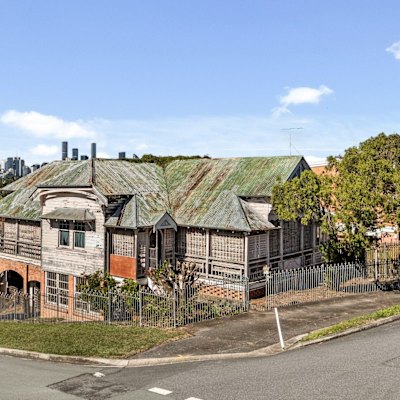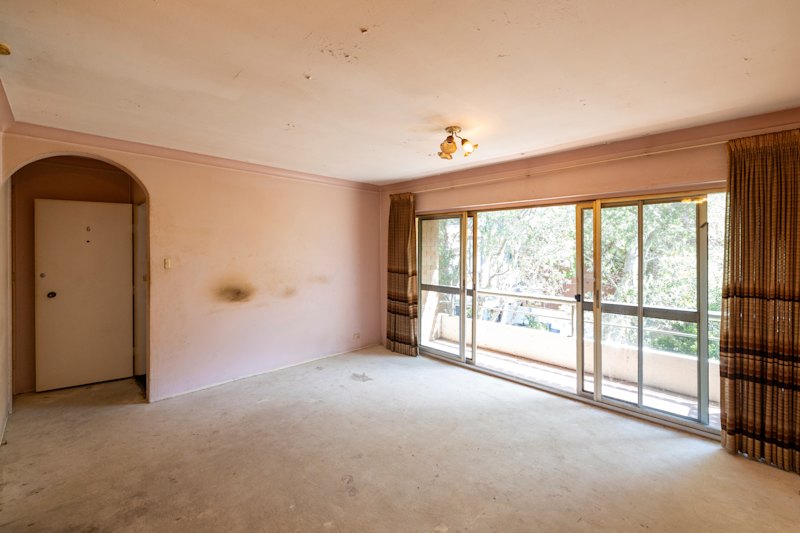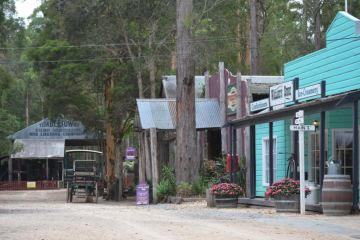How far property prices rose last time interest rates fell
Home prices have risen within 12 months every time interest rates have started to fall over the past four-and-a-half decades, except during recessions, research shows.
After the first official rate cut in an easing cycle, home prices have risen by as much as 16 per cent over the following 12 months – although sometimes the gains were as modest as the one or two per cent range.
Experts expect property prices to finish this year higher, too, as interest rate relief allows potential home buyers to borrow more and bid up property prices at auction. But they warn the size of the gains may not be as large as in the past.
AMP chief economist Dr Shane Oliver analysed how home prices tracked three, six, 12 and 18 months after the first Reserve Bank rate cut every cycle back to May 1982.
In five of the seven rate-cutting cycles, home prices were higher once 12 months had elapsed. The exceptions were in 1982 and 1990 as the economy was in a recession.
The highest gain came after the February 2001 cut, when home prices rose 16.2 per cent in the following year. But after the November 2011 cut, prices rose only 1.4 per cent in a year.
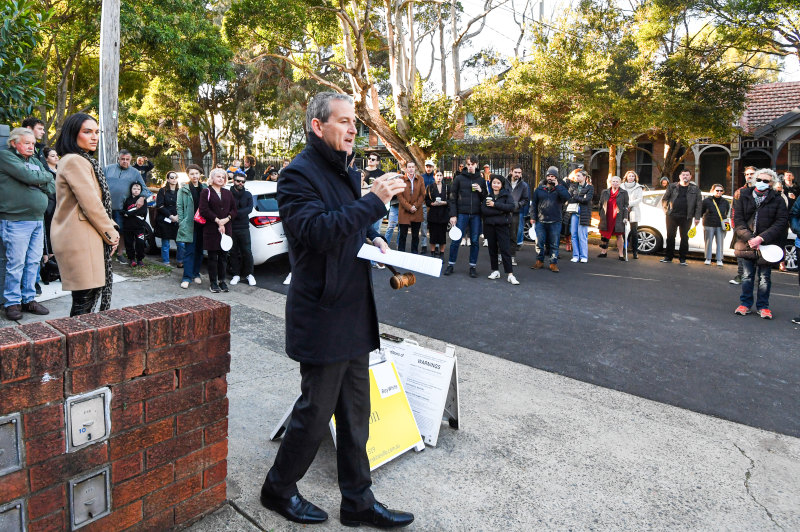
Oliver said lowering interest rates increased the amount of money that all types of buyers can borrow and pay for properties, but it also makes the property market attractive for investors who no longer earn so much interest on bank deposits.
“When interest rates are very high, cash is king. When interest rates go down, you look around for other investments,” he said.
But the effect was not equal each time. During recessions, workers worry about losing their jobs which in turn weighs on property values, he said.
As for the potential change in property prices this year, he thought prices were likely to rise after rate cuts in February and May. More cuts could be on the way, especially if data due on Wednesday shows inflation continues to moderate.
But he said historical changes were not predictive of the magnitude of potential rises, which can be affected by the frequency and size of rate cuts as well as other economic factors such as consumer sentiment and housing affordability.
This time, he warned affordability constraints could limit price growth. He also said it was unlikely rates would return to rock-bottom levels.
“The state of consumer confidence, housing affordability, how quickly rates are coming down, whether there is residual fear about unemployment – all of those things can affect how much prices rise even if there’s no recession,” he said. “[And] whichever way you look at it, we’ve got a shortage of housing.”
PRD chief economist Dr Diaswati Mardiasmo said there were already signs that this year’s rate cuts were having an effect, such as price growth and improving days-on-market figures.
But she pointed out that the two rate cuts had come in the wake of 13 rate hikes.
“So the market is moving, but it’s not moving as fast [as during boom-time],” she said.
She contrasted today’s market, with a 3.85 per cent cash rate, to the fast price rises of 2021, when interest rates were at almost zero.
“Savings are quite low, house prices have gone up a lot, and we’ve got higher interest rates so you can’t expect that level of growth,” she said.
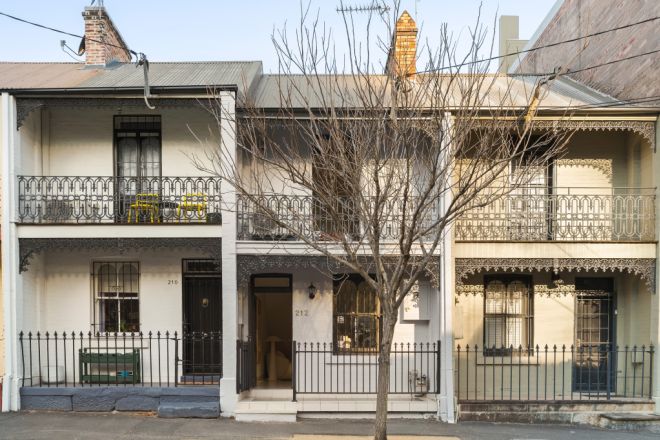
“It’s also the cost of living, it’s also the food, it’s also the fuel, it’s also the energy bills.”
Mortgage broker Anthony Landahl, managing director of Equilibria Finance, has noticed a shift in sentiment from potential buyers who are asking how much they can borrow and whether they can bid at auction.
Depending on individual circumstances, some potential buyers can borrow between $50,000 to $100,000 more than they could at the start of the year, he said.
“There’s been absolutely a shift in sentiment, but [also] action, in people not just talking about, ‘Hey, I reckon this is a good time to get into the market’, but actually doing something,” he said.
“Investors are still strong, that hasn’t changed, but we’ve definitely seen an upswing in owner-occupier activity, whether it’s a first home buyer, someone looking at getting construction funds, someone upgrading.
“There’s definitely some buoyancy back in buyers.”
We recommend
We thought you might like
States
Capital Cities
Capital Cities - Rentals
Popular Areas
Allhomes
More
- © 2025, CoStar Group Inc.


